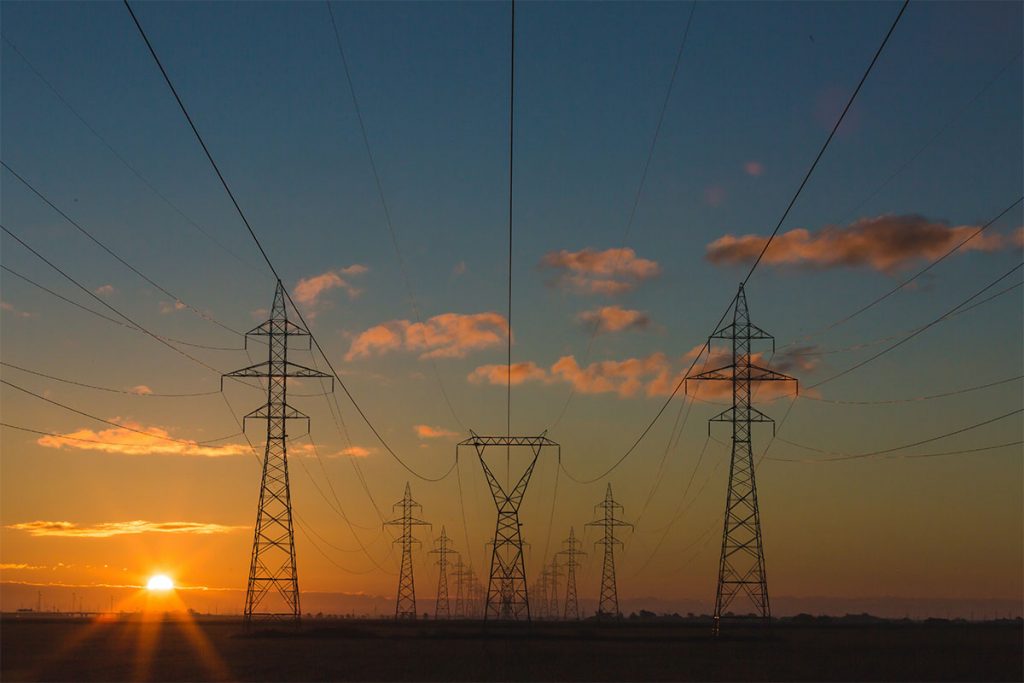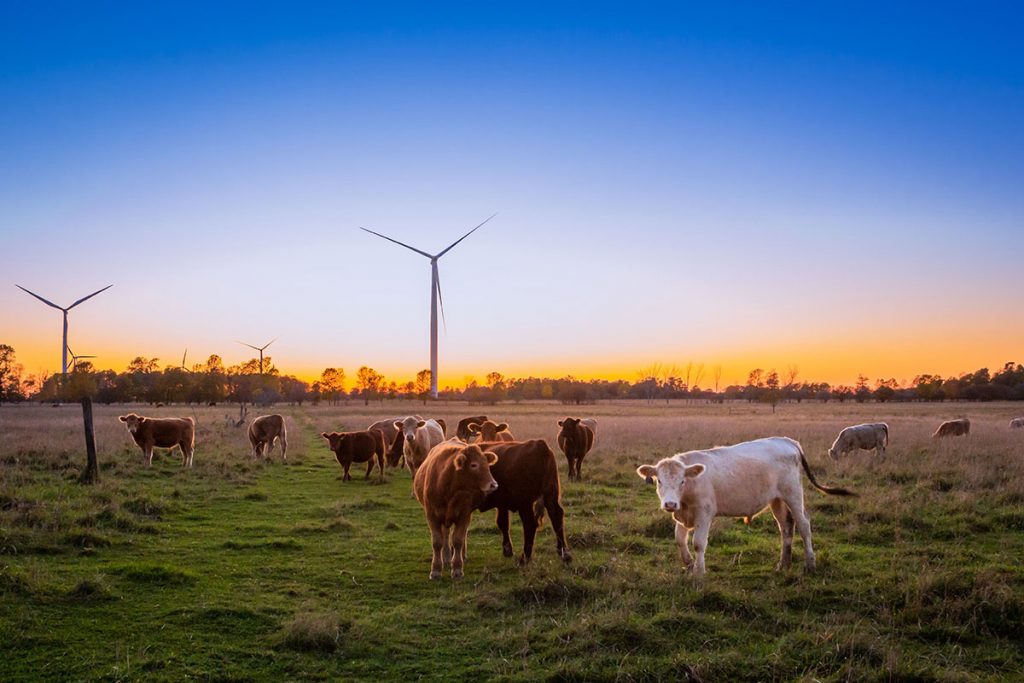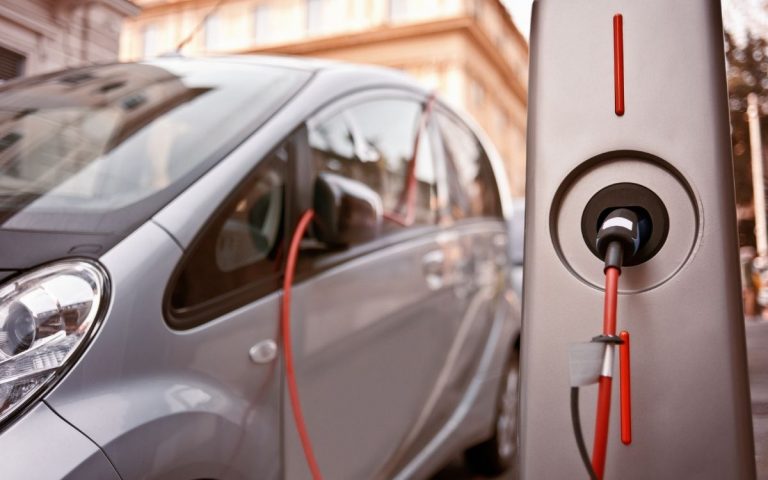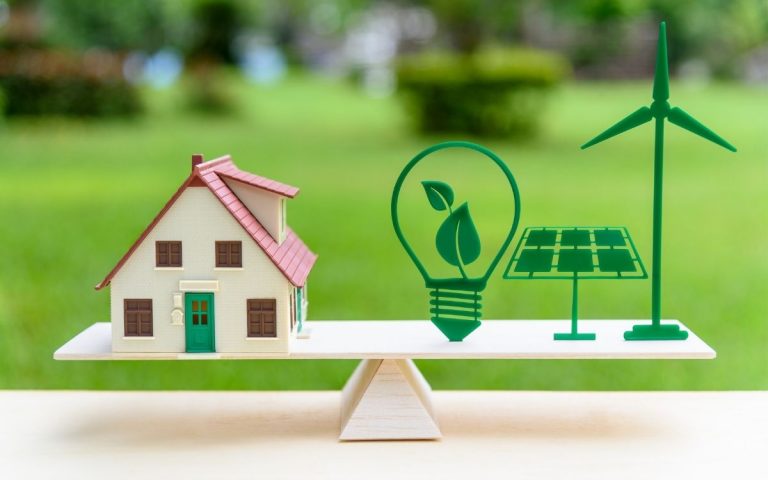Why Does Texas Have Its Own Power Grid?
In February 2021, news hit everywhere that large areas of Texas were without power. It was a massive winter storm, and local Texans scrambled to secure food and other resources to see them through.
What people discovered that month was that Texas wasn’t operating on a regional power grid like so many other states. They sourced electricity and additional power from their own grid, and when things went bad, they got nasty quickly.
People now refer to what happened as the Great Texas Blackout of 2021. What actually happened to knock power out for millions of people for so long? What was the cause? And why does Texas have an autonomous power grid?
Being a state rich in its own energy resources, Texas prides itself on self-reliance and independence. Texas has its own power grid by choice, largely as a guard against possible government overreach.
Let’s take a look at what happened last winter and the lessons learned from the catastrophe.
Why Did the Texas Power Grid Fail?

Texas runs largely on natural gas. In recent decades, natural gas has become a reliable, cheap energy source in many parts of the county. In Texas, though, natural gas lines fuel homes and businesses across the state. Demand and reliance on natural gas spike in times of high demand.
In February 2021, though, Texas experienced a cold front like never before. Temperatures plunged into freezing territory, and the natural gas infrastructure was not prepared for the added stress of the cold. Freezing pipes combined with record demand for heating created a perfect storm, and, as a result, millions of Texans found themselves without power.
Some estimates indicate that natural gas production dropped by half when things got cold. Machinery simply wouldn’t work as well, and delivery systems weren’t capable of handling the extra load. Systems designed to extract gas from deep underground aren’t built to work in frigid temperatures, so production plummeted at the same time demand shot up.
How Many States Have Their Own Power Grid?

When people saw on the news that over four million Texans were without power, they probably wondered why there weren’t reports of massive blackouts in neighboring states. That’s when most of America realized that Texas has its own power grid.
Unless you’re involved in that world, it’s easier to excuse the fact that most of us have no idea where our power comes from. We simply flip a switch or power on a thermostat, and, magically, things work. When you dig a bit deeper into the U.S. power grid, you learn how truly unique it is that Texas has a standalone power grid.
In the United States, everyone draws their power supply from one of three places:
- The Eastern Grid
- The Western Grid
- ERCOT – The Texas Grid
ERCOT stands for – Electric Reliability Council of Texas. It covers basically the entire state.
When you know that there are only three grids and that no other states have their own power grid, it’s natural to wonder why Texas chose to bypass the rest of the country and build a separate grid.
Why Was Their Own Grid Created?

So, what gives? Why does Texas need its own grid? Well, Texas doesn’t technically need a separate grid. It chose to do that. If you’ve ever been to Texas or known anyone from the state, you will likely soon learn that the state and the people who live there have a distinct, independent streak. They are part of the United States, but they’re not like everyone else.
Studying a bit of the history of Texas, you’ll discover that Texas used to be its own country and that it became a state somewhat hesitantly. It still maintains certain levels of independence and goes to lengths to avoid overreliance on the federal government.
Texas views its grid independence as a pillar of separate but equal in the union. They want a standalone grid to prevent any government from exercising leverage over the state.
You might think the position is a bit extreme. Still, all you have to do is look at the game going on between Russia and Europe and the constant threat of cutting off gas supplies for political purposes to realize it’s not out of the realm of possibility.
The state also has ample reserves of coal, natural gas, and other resources that make self-reliance a reality. That’s not something every state can say. Many states without resource deposits must rely on other states for power supply.
What Does This Mean for the Rest of America?

Fortunately, it doesn’t mean much. The size and scale of the U.S. power grid mean that failover is much easier and more reliable than with the Texas power grid. The American regional grids span the spectrum of elevations, temperatures and have a variety of energy inputs that make it more flexible based on current weather conditions and other factors.
When the Texas grid failed in February 2021, it didn’t impact the rest of the country all that much. Yes, there were things like flight disruptions, but no other parts of the country experienced any significant effects.
Is the Texas Grid More or Less Green than the Rest of the Country?

When it comes to being eco-friendly, how does the Texas power grid stack up to the rest of the country? It’s a good question. If all that self-reliance comes at a steep environmental cost, then it might not be worth it in many people’s eyes. After the power outages, many Texans wondered whether it was time to join with the rest of the country and increase failover capacities to prevent something like this from happening in the future.
According to sources, in 2021, 42% of ERCOT’s energy came from clean energy sources. In addition to ample natural gas supplies, Texas has a lot of solar and wind power generation. In fact, clean energy is leading the way in Texas, outpacing the natural gas supply (30%) and coal (only 14.9%).
So when people point to the Texas grid and criticize it, one thing they can’t say is that it’s not eco-friendly. The government there continues to focus on clean and renewable energy sources for now and into the future.
Their focus on renewable energy sources is in line with a traditional emphasis on supplying cheap power to homes and businesses in the state. If you compare prices across the country, you’ll find that Texas often has some of the most affordable energy prices anywhere.
The Final Word

At the end of the day, the Texas power grid has a lot of positives going for it. It provides affordable energy supplies to millions of people in the state and maintains the state’s fierce commitment to self-reliance. But, on the other hand, the events of February 2021 exposed the limitations of the Texas grid in the face of climate change and the inability to rely on the national grids in an emergency.
It will be interesting to see how the Texas government changes its energy policy, if at all, going forward and how state residents will react to any shifts in energy policy. But, for now, Texas is still its own state with a unique grid unlike any other.
Resources
Texas power outage: Why natural gas went down during the winter storm | The Texas Tribune
Texas Goes Green: ERCOT Generated 42% Clean Energy in March 2021 (environmentalleader.com)







